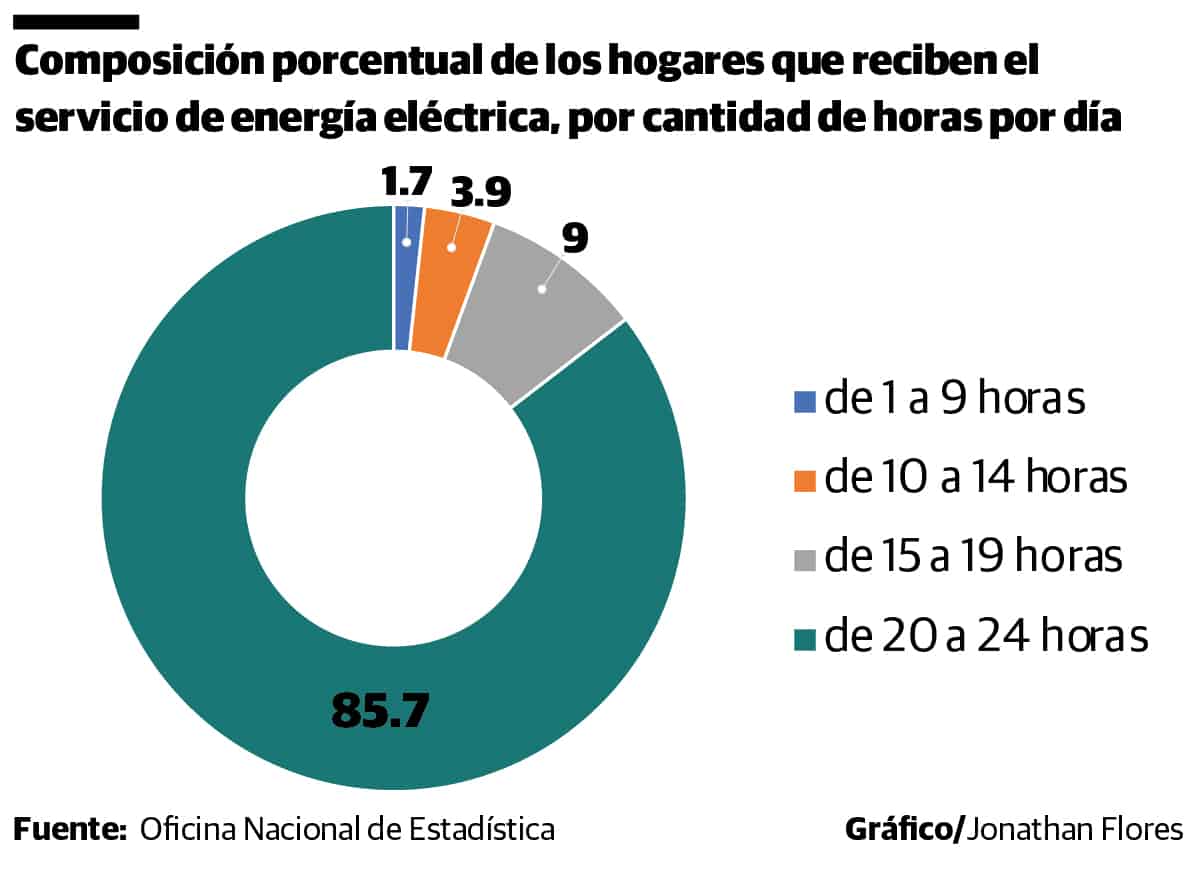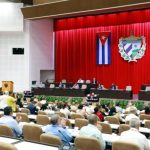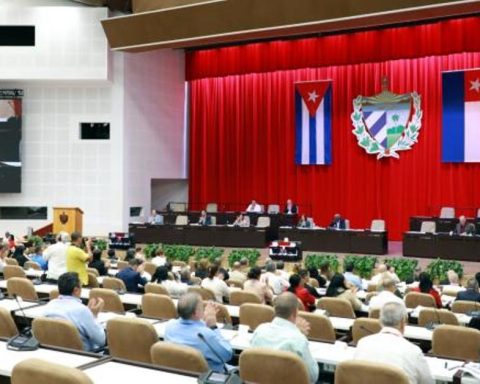85.7% of households nationwide receive more than 20 hours of electric power per day, according to the National Survey of Multi-Purpose Households (Enhogar-2021) published by the National Statistics Office (ONE).
The official document indicates that households in the Cibao Noroeste region receive an average of 23.9 hours a day of electric powerbecoming the area with the longest amount of time with electricity service in the country.
In addition, the average number of hours per day that households in the urban area receive from electric power is 10:30 p.m., and those in rural areas 9:00 p.m.

The data was taken from the effective sample of Enhogar-2021, which was 28,095 homes, out of 32,154 randomly selected for a response rate of 87.4%, higher than the expected rate of 85.0%.
The document reports that households in the high socioeconomic group are the ones with the most hours of electric power receive a day, around 22.9 hours. Likewise, the main type of lighting for 98.4% of homes in the Dominican Republic is electric power of the public line.
This survey is released at a time when there have been complaints and protests about the blackouts that have plagued different parts of the country for long hours due to the departure of several generators, and that led the Government to buy megawatts from the companies Falcondo, Sultana del Este and Barrick Gold.
Unit 1 of the Punta Catalina Thermoelectric Power Plant has been announced to return to operation on May 30, after being out since the end of March.
The Ministry of Energy and Mines reported that the Government launched an emergency tender for 400 new megawatts, which will be produced in the system between July and October of this year.
He recalled that since the beginning of 2021 a long-term tender was launched for an 800-megawatt plant and a gas terminal in Manzanillo. This tender “ended successfully,” he assured.
He also reported that another medium-term tender is underway to install another 800 megawatts in various plants. The tender is at an advanced stage and will also be awarded this year.
This information was offered due to the lack of cold reserve that there is in the country to avoid the rounds of blackouts at times when a plant goes out of service for maintenance.
Electricity generation as of March 2022
During the period January-March 2022, 4,669.2 GWh were injected into the National Interconnected Electric System (SENI), with a variation of 362.8 GWh compared to the same period of the previous year, representing an increase of 8.4%, according to the performance report of state electricity companies for the period January-March 2022 published by the Ministry of Energy and Mines (MEM).
The document indicates that, on average, more than 40% of the power generation in the country was based on natural gas in the first quarter of 2022. On the other hand, about 32% was based on mineral coal; 11.3% with non-conventional renewable sources; 9.3% with fuel oil No. 6; 7.3% was generated through hydraulic sources and only 0.1% of the generation until March was based on fuel oil No. 2.


















